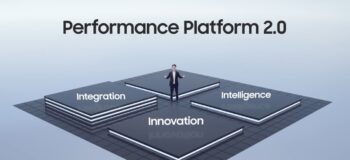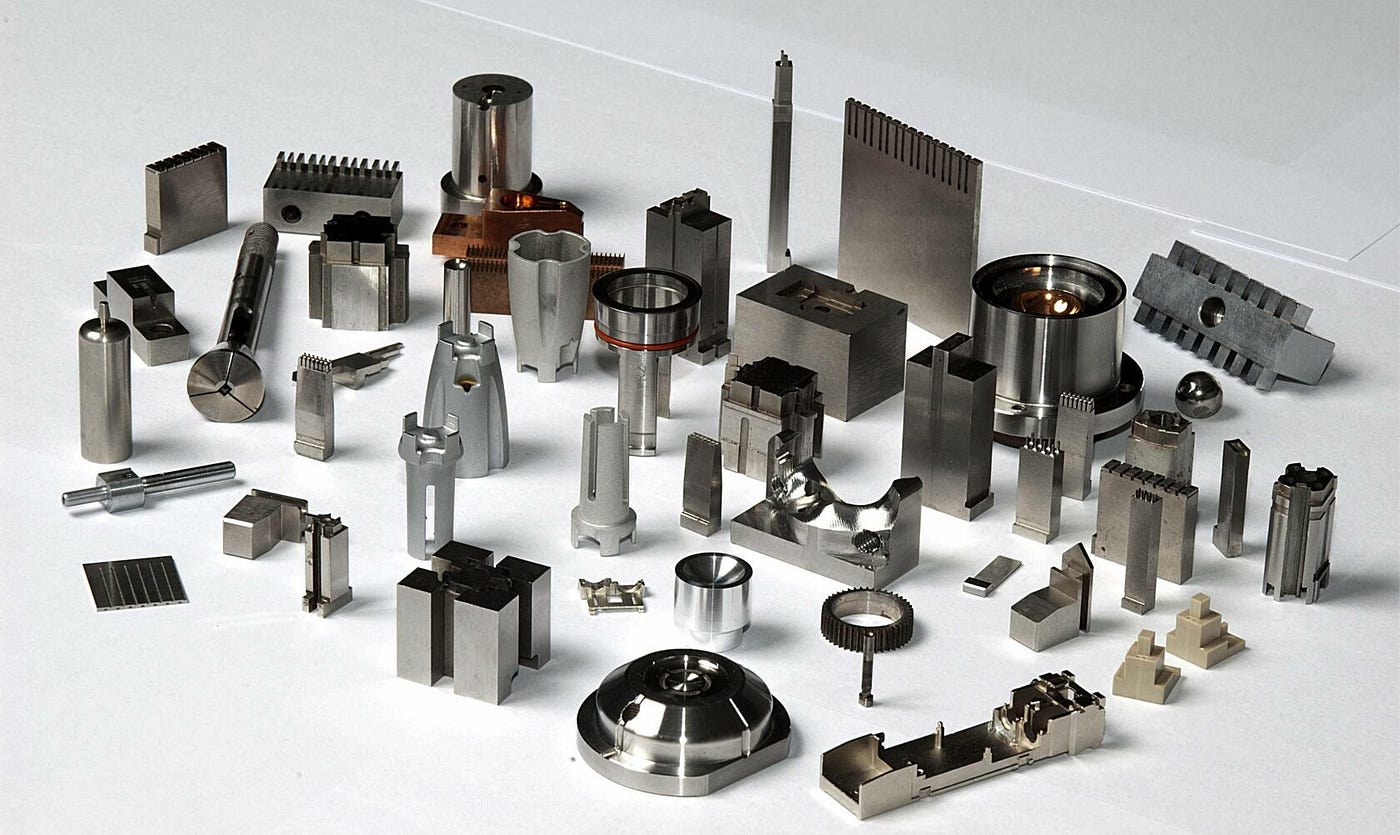Introduction to SOAP Coding
SOAP (Simple Object Access Protocol) is a messaging protocol that enables the exchange of structured information between web services. It is widely used in web service development, allowing various systems to communicate and share data seamlessly. One area where SOAP coding has made a significant impact is in the design, manufacturing, and operation of industrial equipment.
SOAP Coding and Industrial Equipment: A Perfect Match
The implementation of SOAP coding in industrial equipment enhances efficiency and performance in several ways:
Simplified Data Exchange
With SOAP coding, industrial equipment can easily exchange data with other systems and devices. This simplified data exchange is crucial for the smooth operation of complex industrial processes. For instance, an industrial canopy might need to communicate with the warehouse management system or other equipment to ensure seamless operations.
Improved Equipment Customization
SOAP coding enables greater customization of industrial equipment. By leveraging the power of SOAP, manufacturers can create equipment tailored to the specific needs of their clients. This increased customization not only results in more efficient operations but also reduces the chances of downtime due to equipment incompatibility.
Enhanced Collaboration
The use of SOAP coding in industrial equipment fosters collaboration among different teams and systems involved in the production process. By enabling seamless communication between various components, SOAP ensures that all stakeholders are always on the same page, resulting in more efficient project execution.
Real-Life Applications of SOAP Coding in Industrial Equipment
Here are a few examples of how SOAP coding is used to enhance the efficiency and performance of industrial equipment:
- Smart manufacturing systems: SOAP coding can be used to create a seamless communication network between various machines and systems in a manufacturing facility. This enables the factory to operate more efficiently, as each component can share data and make informed decisions based on real-time information.
- Logistics and supply chain management: SOAP coding can help improve the efficiency of logistics and supply chain management by enabling the smooth exchange of data between different systems, such as warehouse management systems, transportation management systems, and enterprise resource planning (ERP) systems.
- Remote equipment monitoring and maintenance: SOAP coding can be used to create web services that facilitate remote monitoring and maintenance of industrial equipment. This helps to reduce downtime and ensures that equipment is always functioning optimally.
Conclusion
In summary, the integration of SOAP coding into industrial equipment has led to significant improvements in efficiency and performance. By facilitating seamless data exchange, enabling greater customization, and fostering enhanced collaboration, SOAP coding has become an essential tool in the world of industrial equipment design and operation.





